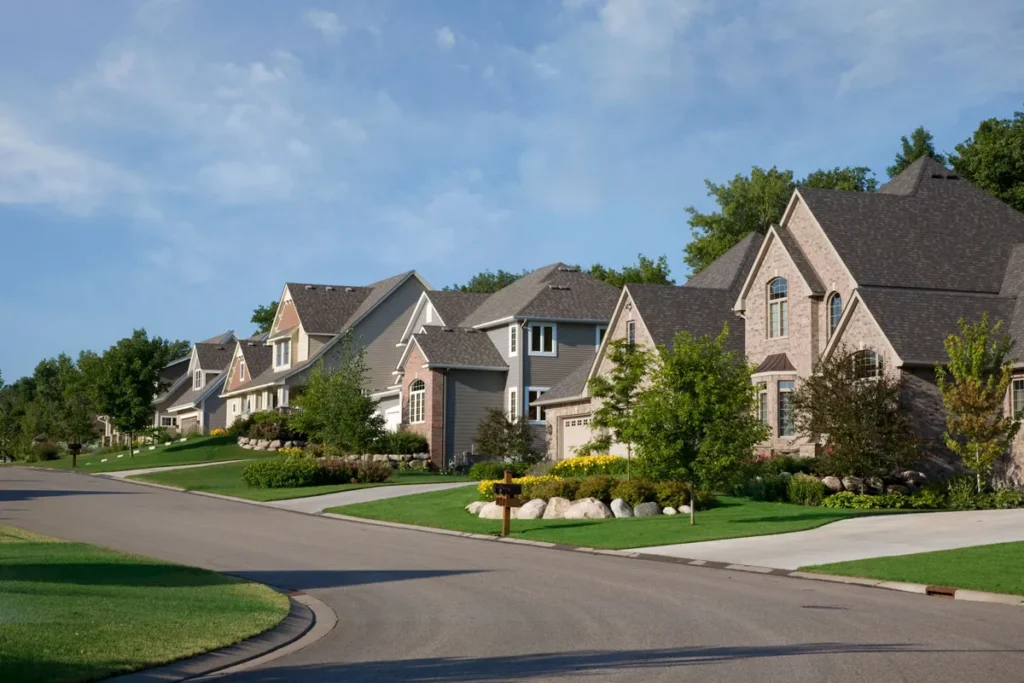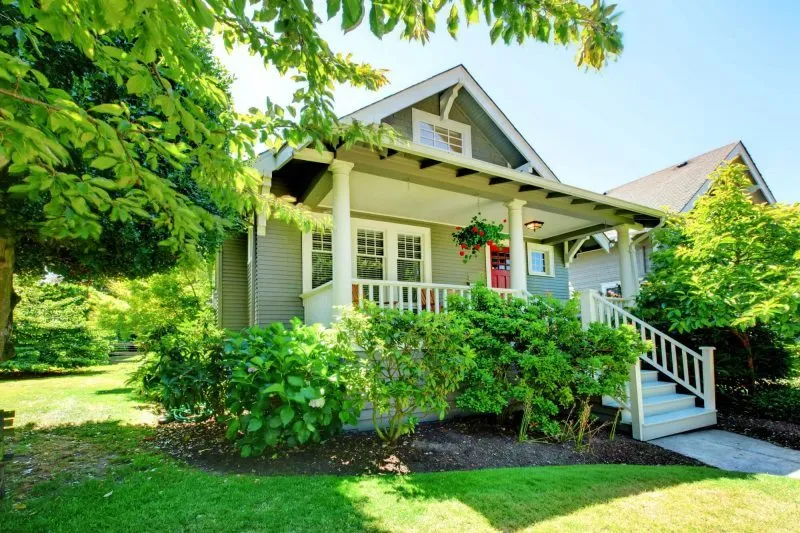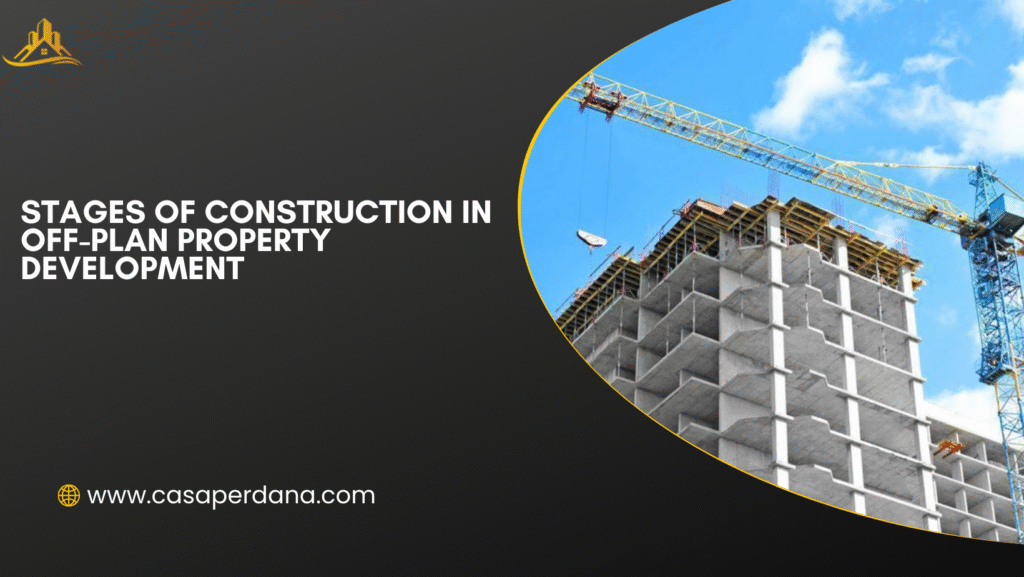Do you want to know how to choose the perfect neighborhood for your dream home? Here, we have professionals that can help you choose the perfect neighborhood for your dream home.

Finding your dream home is about more than just the house itself, it’s also about where it’s located. The right neighborhood can enhance your lifestyle, provide security, and support your long-term goals, whether you’re raising a family, working remotely, or retiring in comfort.
That’s why knowing how to choose the perfect neighborhood for your dream home is just as important as picking the right floor plan or design features.
From access to good schools and proximity to work, to the overall vibe, safety, and future development potential, every detail matters. A beautiful home in the wrong location can quickly become a regret, while a well-chosen neighborhood adds daily joy and long-term value.
In this guide, we’ll walk you through the key factors to consider before making one of the biggest decisions of your life, so you can settle into not just your dream house, but your dream community as well.
How to Choose the Perfect Neighborhood for Your Dream Home

Here are steps to make when choosing the perfect neighborhood for your dream home:
1. Consider Your Lifestyle Needs
When choosing a neighborhood, your lifestyle should be the foundation of your decision. Think about what a typical day looks like for you and your family. Do you need peace and quiet, or do you thrive in the energy of a bustling city?
For young professionals, a neighborhood close to work with vibrant nightlife, cafés, and coworking spaces might be ideal. Families often look for areas near reputable schools, parks, and playgrounds, where kids can grow up safely and happily. If you enjoy outdoor activities, you might prefer neighborhoods near hiking trails, beaches, or green spaces. Also consider religious centers, fitness options, and shopping convenience.
Your daily routines, such as commuting, grocery shopping, and socializing, should all fit easily into the lifestyle the neighborhood offers. Don’t compromise on your needs; otherwise, your dream home may start to feel like a burden.
2. Research School Districts
Even if you don’t have children, the quality of local schools should still matter when buying a home. Why? Because properties in good school districts tend to hold or increase in value more reliably over time. For families with children, of course, school quality is a top priority.
Start by checking public and private school rankings, standardized test scores, student-to-teacher ratios, and extracurricular offerings. Don’t just rely on online ratings, visit schools if you can, or speak with parents in the area to hear firsthand experiences. Think long term too: even if your kids are toddlers now, buying near a well-rated middle or high school will save you from relocating in a few years.
Be mindful that homes in desirable school zones can be more expensive, but the long-term value often justifies the price. If you’re an investor, know that homes in strong school districts usually rent faster and at higher rates.
3. Evaluate Safety and Security
Safety is one of the most important factors in choosing where to live. You want to feel secure in your home and neighborhood, whether you’re taking an evening walk or letting your kids play outside.
Start by researching crime rates in the area, many websites and local police departments offer this data. But don’t stop there. Visit the neighborhood at different times of the day and night to get a real sense of the atmosphere. Are the streets well-lit? Do neighbors seem friendly and alert? Is there a visible police presence or security patrols?
Look for signs of a tight-knit community, like active neighborhood watch programs or gated access. These elements typically indicate residents are invested in keeping the area safe. Talk to people living in the community and ask about their experiences.
4. Assess Commute and Accessibility
A long and stressful commute can quickly turn your dream home into a daily frustration. When evaluating neighborhoods, consider your commute to work, your children’s schools, and frequently visited places like grocery stores, hospitals, or gyms. Use map apps to estimate driving times during peak hours, not just midday.
If you rely on public transportation, check the availability and reliability of buses, trains, or taxis in the area. For those who travel frequently, proximity to major roads or the airport might be a huge plus. Consider how traffic flows through the area, and whether road conditions are well maintained.
Accessibility also extends to how easy it is for guests or delivery services to reach your home. A centrally located neighborhood can significantly improve your quality of life and save you hours every week.
Choosing a community with convenient access to key services and low travel stress is not only practical but helps maintain a better work-life balance over time.
5. Look at Future Development Plans
Before buying property, investigate the area’s future development plans. An up-and-coming neighborhood with planned infrastructure projects like roads, schools, hospitals, shopping centers, or tech hubs can greatly increase your property’s value over time.
Local government websites and urban planning offices are great resources for this. On the other hand, overdevelopment can bring unwanted traffic, congestion, or noise, so balance is key. Ask your real estate agent about any zoning changes or planned construction. Will that empty lot nearby become a beautiful park or a noisy gas station?
Also, pay attention to trends. Is the area attracting investors or being revitalized by government projects? These are strong indicators of potential appreciation. Buying in a developing area gives you the chance to “get in early” and benefit from growth.
However, make sure the pace of development aligns with your lifestyle and timeline. Smart buyers think ahead and look beyond what’s currently visible to what the neighborhood will look like in five or ten years.
6. Talk to the Locals
One of the best ways to learn about a neighborhood is by talking to the people who already live there. Locals can offer honest insights that listings and agents might not share. They’ll tell you if traffic is a nightmare during school drop-offs, if the area is noisy on weekends, or if the community is friendly and welcoming.
Visit local shops, cafés, and markets and strike up casual conversations. Ask questions about noise levels, safety, how responsive local authorities are, and what they love (or don’t) about the area. You’ll also get a better sense of the community vibe, whether it’s tight-knit or more private.
Attending a community event, like a local fair or town hall meeting, is another great way to get a feel for the area’s social fabric.
7. Visit Multiple Times
A single visit to a neighborhood is not enough to make an informed decision. To get the full picture, plan multiple visits at different times, morning, afternoon, evening, weekdays, and weekends.
What’s peaceful at noon on a Tuesday might be chaotic on a Friday night. This approach helps you observe things like traffic patterns, street noise, lighting at night, and neighborhood activity. Do people walk their dogs or jog in the evening? Are there regular power outages or construction noise? Are the streets clean and well-lit at night?
These real-world observations can be very telling. Also, take note of smells and general upkeep of surrounding homes. Walk around on foot to get a closer sense of the area’s walkability and friendliness. Spending time in the neighborhood will help you decide if it truly feels like “home.” Remember, this is one of the biggest decisions of your life, don’t rush it.
8. Consider Property Value Trends
When choosing a neighborhood, it’s essential to look beyond aesthetics and focus on financial implications, specifically property value trends.
Analyze the area’s real estate market over the past few years. Are home prices steadily rising? Is there a pattern of appreciation, or are values stagnant or declining? Rising property values suggest a healthy, in-demand neighborhood with potential for future gains.
This is particularly important if you plan to sell or refinance in the future. Consult local real estate agents or property websites to access market reports and price histories.
Neighborhoods with consistent growth, upcoming developments, or increased demand often yield higher returns on investment. Conversely, areas with frequent “For Sale” signs, low occupancy, or neglected infrastructure may signal risk.
9. Evaluate Amenities and Community Features
The presence of amenities can significantly enhance your daily life. Look for parks, playgrounds, gyms, grocery stores, pharmacies, cafés, banks, and public transport within close reach. These conveniences make your day-to-day routine smoother and more enjoyable.
A walkable neighborhood with well-maintained sidewalks and bike lanes promotes a healthy lifestyle and fosters community interaction. Pay attention to recreational facilities such as sports courts, swimming pools, and community centers.
These features are especially valuable for families and contribute to a strong neighborhood bond. If you enjoy an active social life, check for restaurants, bars, or cinemas nearby. Consider also the aesthetic appeal, tree-lined streets, landscaped lawns, and clean public spaces elevate the neighborhood’s charm.
Having access to both basic and lifestyle amenities not only increases comfort but also raises property value. A well-equipped neighborhood supports your current lifestyle and adapts to your evolving needs over time, making it a smart, long-term choice.
10. Trust Your Instincts
After all the research, data analysis, and advice, sometimes the final decision comes down to one simple thing, your gut feeling. When you walk into a neighborhood, how do you feel? Do you feel welcome, relaxed, and excited? Or do you feel uneasy or disconnected?
These emotional cues matter more than you think. You’re not just buying a property, you’re choosing the environment where your life will unfold. It should feel like a place where you can thrive, where your children can grow up happily, and where you can feel safe and fulfilled.
If something about the area doesn’t sit well with you, don’t ignore that instinct. Intuition is often your subconscious picking up on subtle signals you might not consciously recognize.
Related Post:




